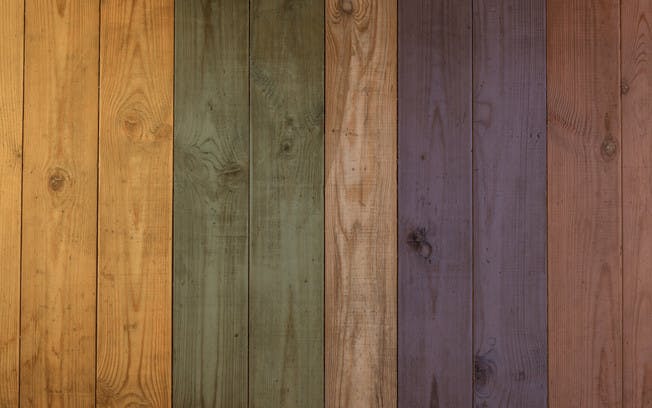Colour Matching Wood Stains for Accurate Packaging
One of our main services at Springfield Solutions is to match colours for our paint clients. Our job is to ensure the colour swatches on the labels match as closely as possible the colour of the paint inside, ensuring the consumer buys precisely the shade they require.
But our colour matching service doesn’t stop with paint. As the spring sunshine entices people out from the warmth of their homes and back into the outdoors, many look woefully at their gardens and start thinking about repairing the damage that winter has inflicted.
Often this includes giving the fencing and decking a coat of protective wood stain or varnish, and in that case it is very likely they will buy a shade created by one of our biggest clients.
The Colour Matching Process
The process of colour matching wood stains and varnishes is very similar to that of paint, but there is one important addition to the process. The labels that end up on the outside of the tins must match precisely what is in the tin, of course, but with wood there is an extra dimension – the grain of the wood. The labels have to recreate the final effect, and it is our job to ensure that looks right.
It’s a complex, technology-fuelled process, but starts in a surprisingly traditional way.
Our client sends us wood chips stained with the new seasons’ colours as samples. It really is that simple. For all the digital processes and complicated software we employ, some jobs are best kept simple; if you want to know what wood stain looks like on wood, well, best just to apply it!
The next step is to analyse the colour and it is here that the process becomes far more technical. Colour management is still, to an extent, a subjective art form, and when dealing with paint, different substrates alter how a colour is perceived. The value of the service we offer is we take that into consideration and find the best match. With wood stain, however, the variation is amplified hugely by the different types of wood used in outdoor furniture.
The finish is affected by the original colour of the wood, its hardness and absorption qualities, its age and former treatment. All these factors have to be taken into consideration when creating the final label swatches. But our results with wood stains and varnishes equal that of paint, with more than 95 per cent of the swatches we create being indistinguishable from the contents of the can with the naked eye.
It is for this reason that our client returns to us year after year. They are the UK’s biggest manufacturer of wood stains and varnishes and to retain that status, it is crucial consumers know what they are getting. With help from Springfield Solutions, they do.
To read more about our work, take a look at our case studies!

